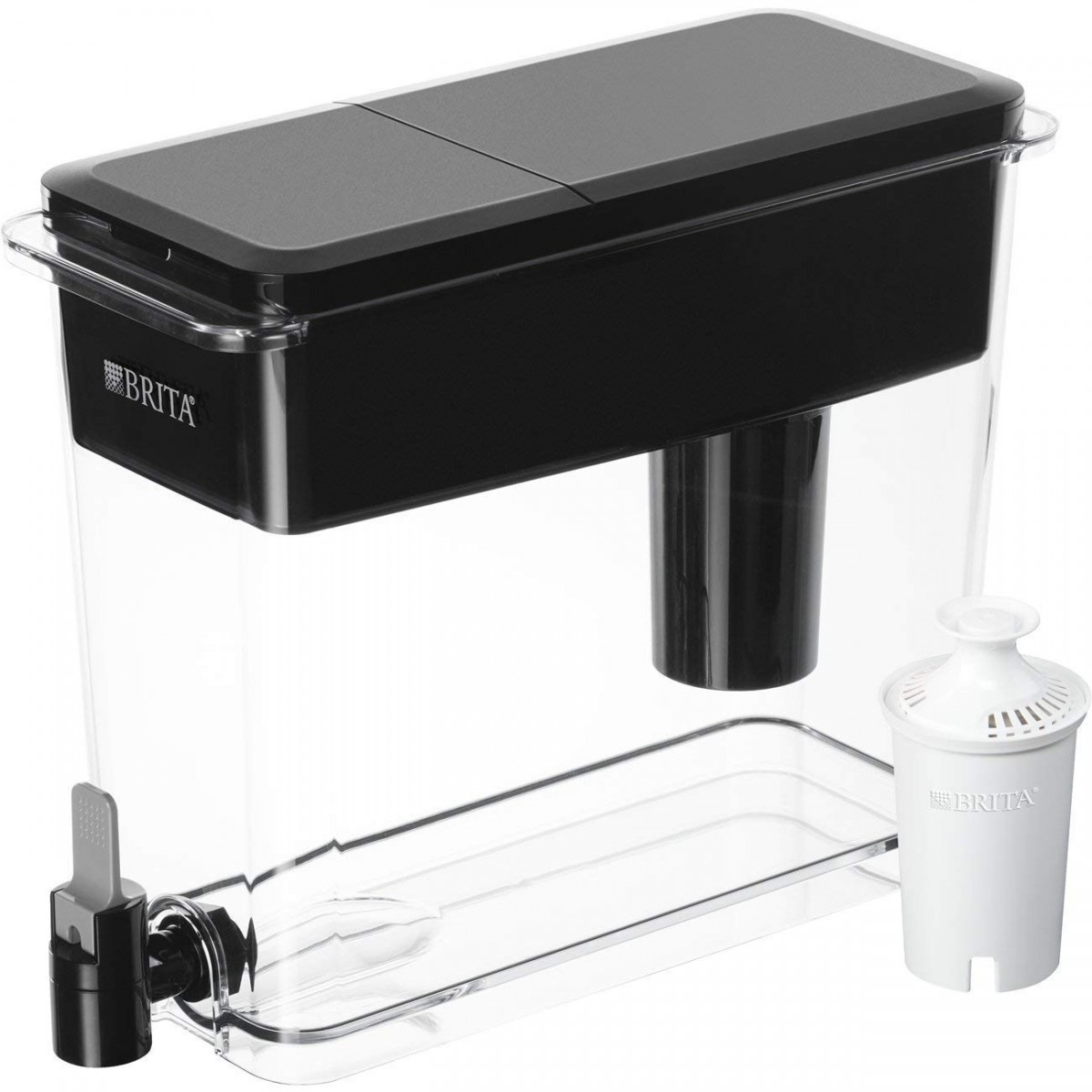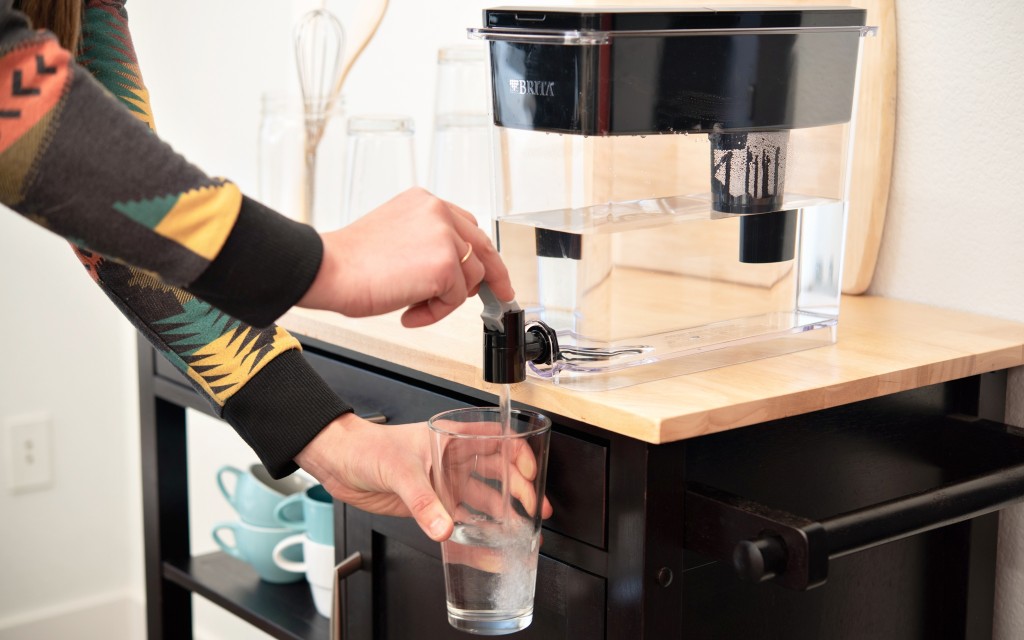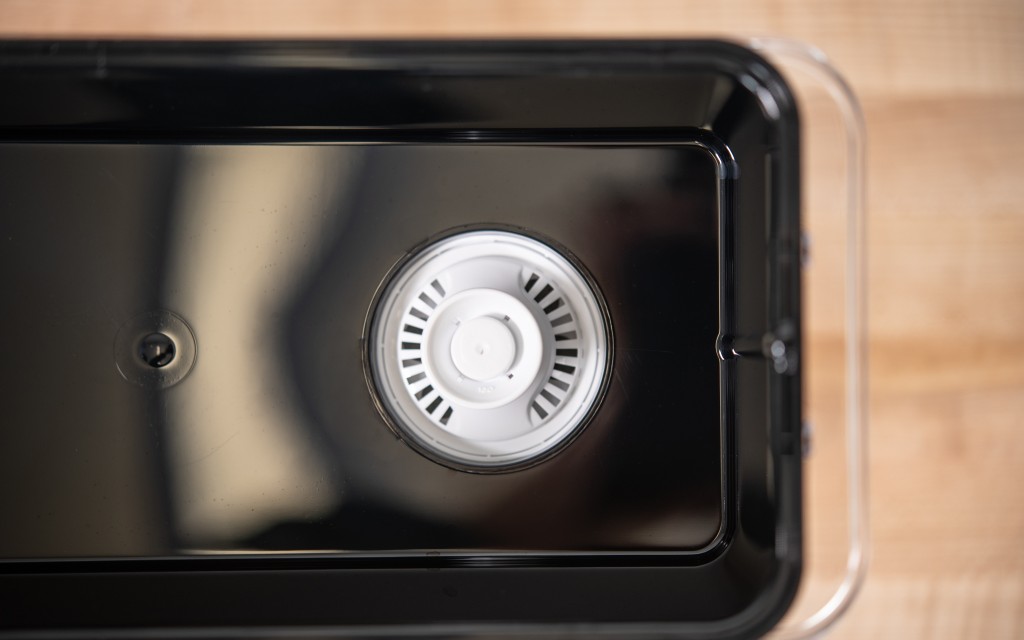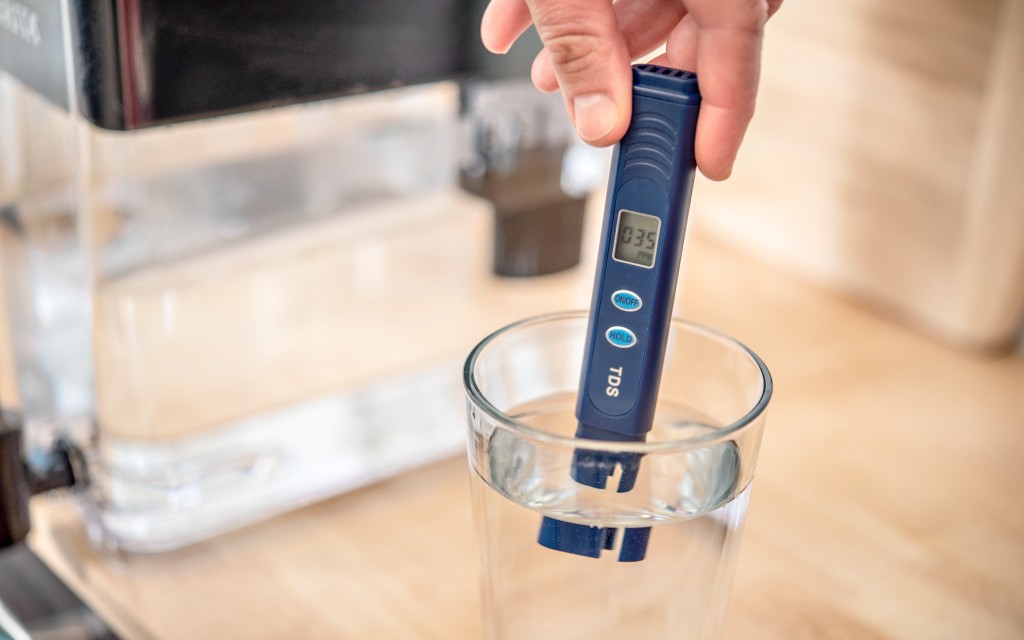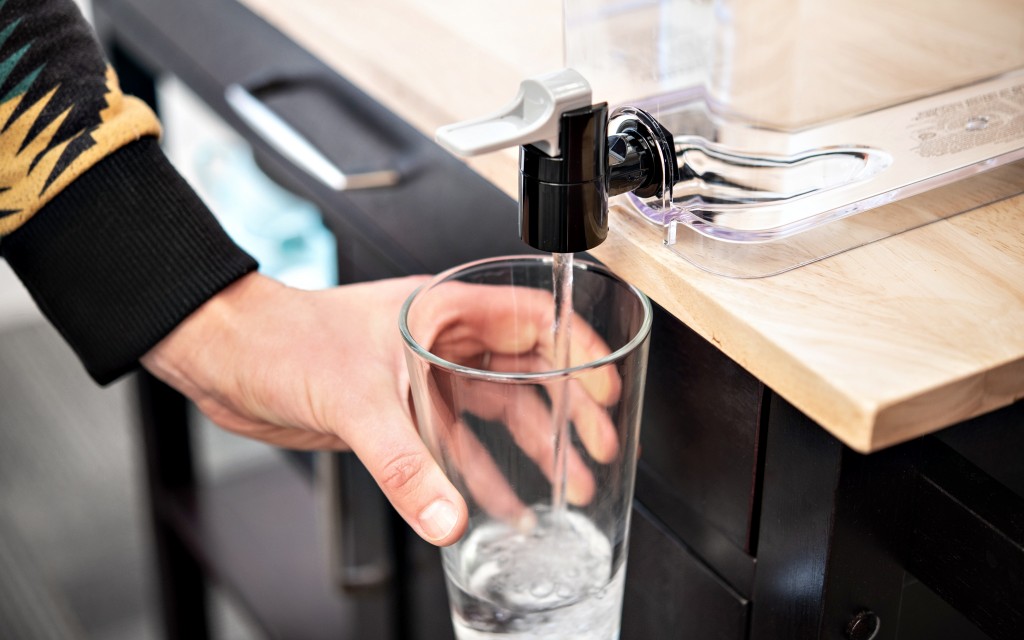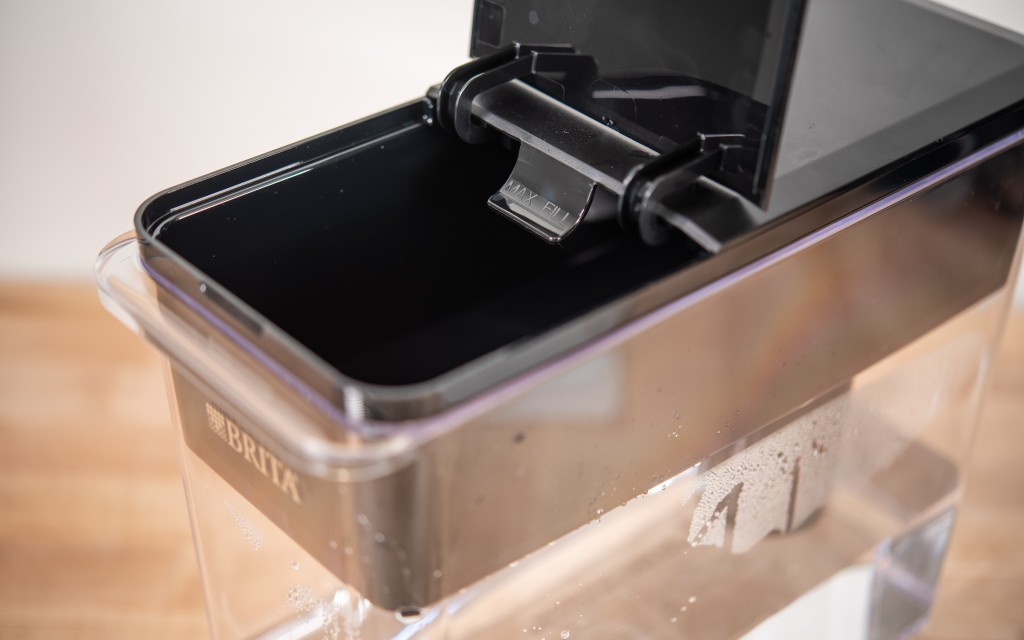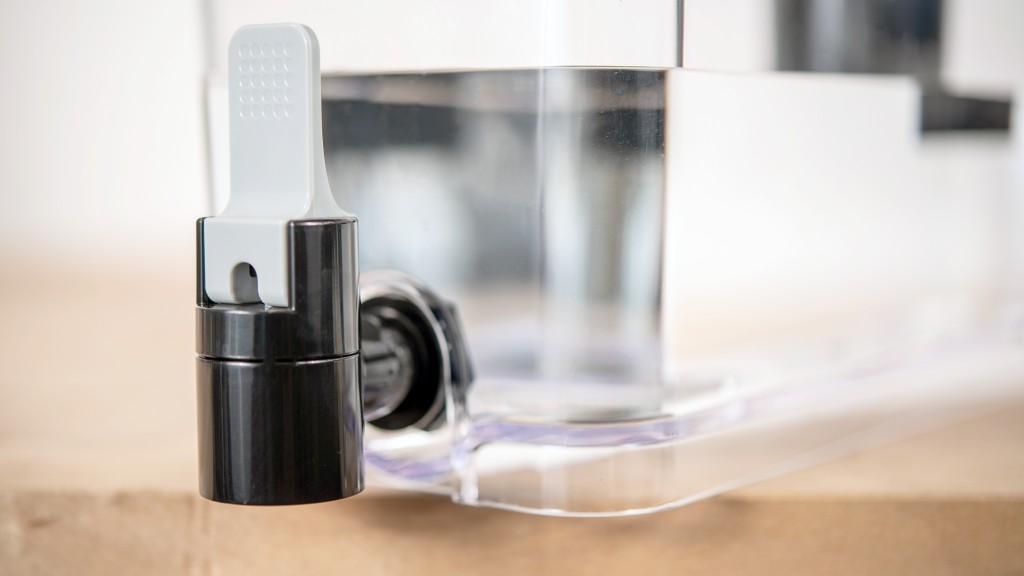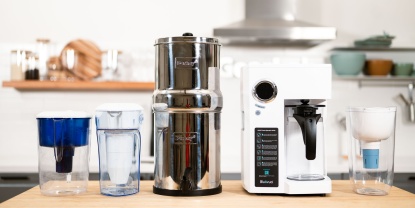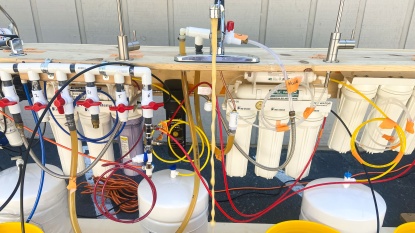Brita Ultramax Review
Our Verdict
Our Analysis and Test Results
We did like the dispenser on the Ultramax, as water keeps flowing once you open it and you don't have to keep holding it open like you do with other models. However, we didn't think this even came close to redeeming its otherwise lackluster performance compared to water filters.
Performance Comparison
Lead Removal
To test and score the lead removal abilities of each filter, we ran lead-tainted water through each product, then took samples of the filtered water and the contaminated supply and sent them to a water quality testing lab for precise analysis. This accounts for 25% of each filter's final score, with the Brita Ultramax, unfortunately, scoring below average.
The Ultramax removed about 83.4% of the lead from the contaminated supply but the filtered water still had lead concentrations that were significantly higher than what the EPA considers a safe level.
Chlorine Removal
Next, we moved on to assessing the dechlorinating skills of each filter, which also makes up 25% of each product's total score. The Brita Ultramax did quite a bit better in this metric, earning an above-average score.
In this metric, we used chlorine bleach added to the supply as our contaminant and measured the before and after concentration with chemical test strips. We scored each filter's performance in two separate tests: one with extremely high levels of chlorine (1300+ ppm) and one with more moderate levels (20-50 ppm).
The Ultramax didn't do very well with the heavily chlorinated water, with the test strip continuing to max out after filtration. However, it did drop the chlorine levels to around 1 ppm with the moderately chlorinated supply.
Salt Removal
The Ultramax's performance dropped again in our salt removal test, which is equivalent to lead and chlorine removal in importance, also accounting for one-fourth of the final score. We measured the concentration of dissolved table salt with a TDS meter before and after filtering, with the Brita Ultramax delivering one of the worst performances of the entire group.
This filter pitcher essentially failed to remove any salt, with the concentration only dropping by 4% or so according to our meter.
Taste
Our taste testing process is twofold. First, we ran purified water through each filter and tasted it to make sure the Ultramax isn't adding any unsavory flavors. Second, we ran some very unpleasant tasting water through the filter — flavored with chlorine and salt — to see if this pitcher from Brita could make it taste a bit better. We had a panel of judges rate the taste of the water before and after to determine scores. The Brita did a little better than average in this metric — worth 15% of the total score — compared to the rest of the group.
The Ultramax did improve the taste of the salt & chlorine water by dechlorinating it but still left it tasting solidly salty. However, we did like that it didn't impart any negative taste to clean water.
Flow
We focused on the flow rate of each water filter for this final metric, which is responsible for the remaining tenth of the final score. We awarded points based on the time it took the Brita to filter and dispense a quart of water. It was a little on the slower side in our tests, earning it a fairly lackluster score.
This pitcher took 34 seconds to fill up a quart container if it was already full but takes just over four minutes if you need to wait for it to filter more water.
Value
The Ultramax isn't too expensive but overall scored quite badly in our tests, so it isn't the best budget buy we have seen.
Conclusion
While we did find a few things to praise about the Brita Ultramax, it overall failed to impress. It can remove chlorine from your water but based on our tests but didn't do well with salt or lead. It's not the worst we have seen but we vastly preferred similar models that perform better at roughly the same price point.


